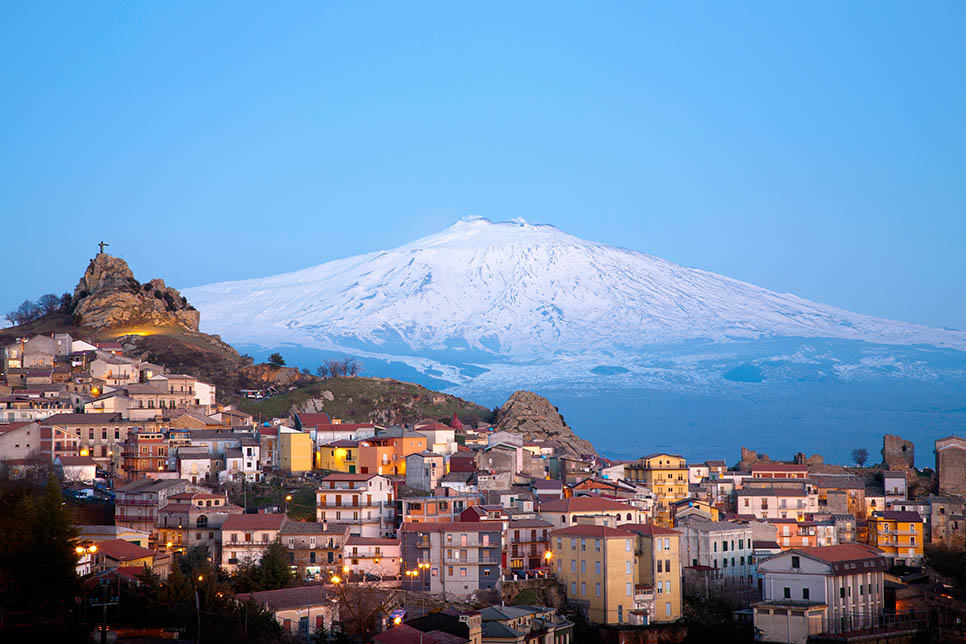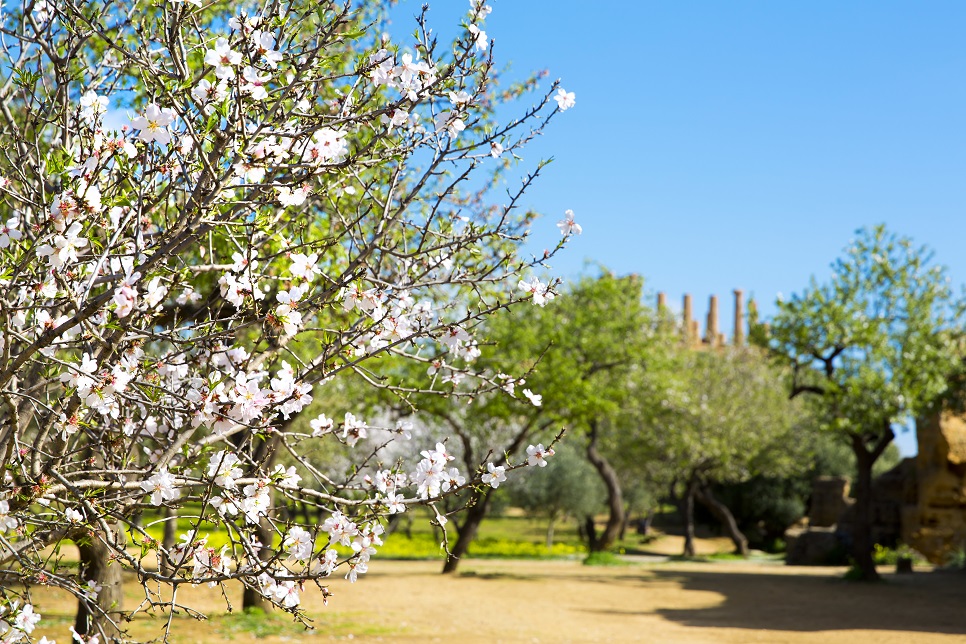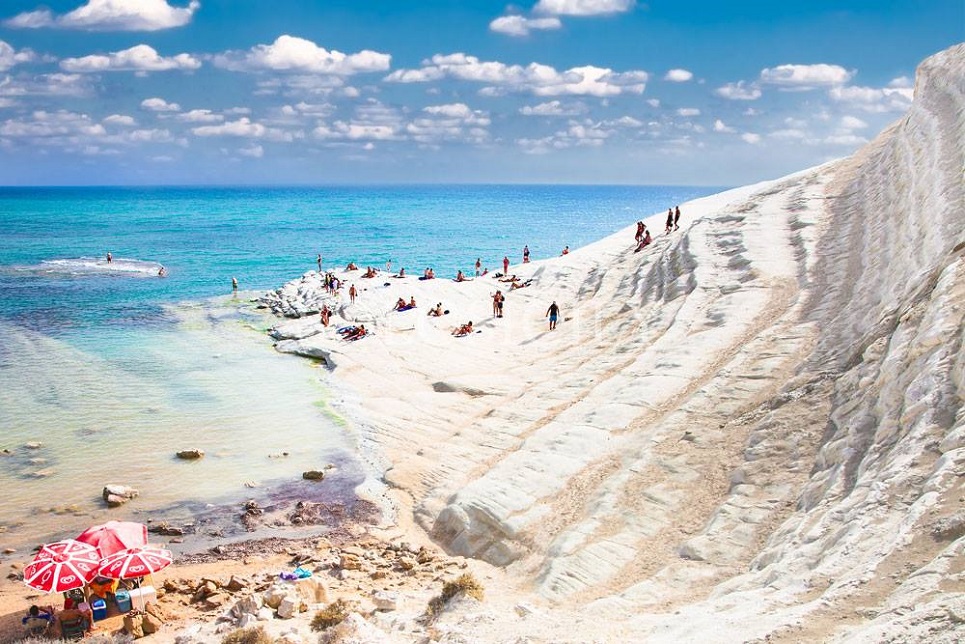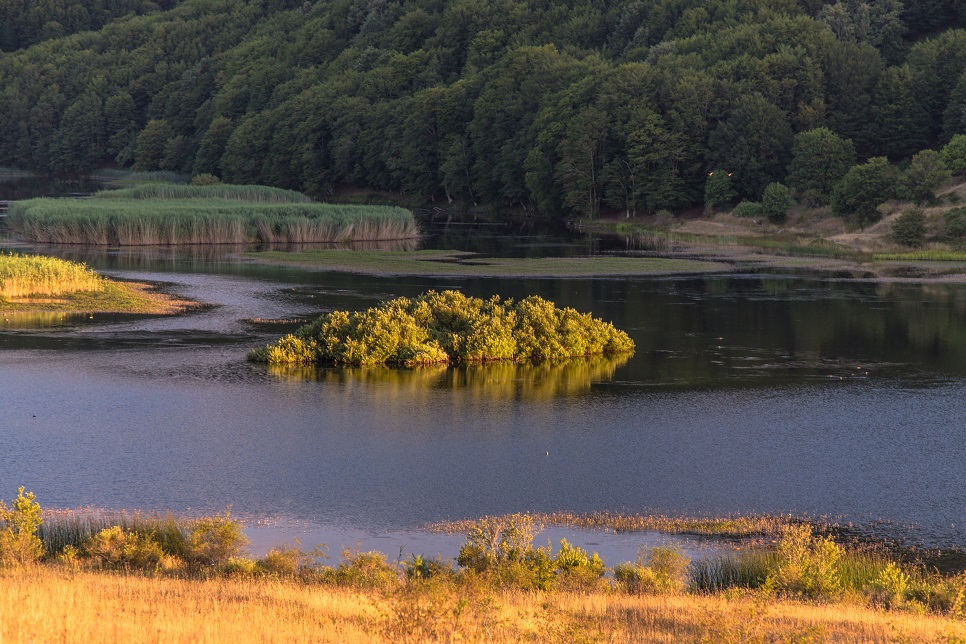The four seasons of Sicily
Sicily’s enviable climate, which can notch up over two thousand hours of sunlight a year, is due directly to its location in the middle of the Mediterranean zone. At the furthest point south, the island is less than 100 miles from the coast of North Africa and the Sirocco winds that originate in Arabia and theSaharacan affect the climate. Temperatures on the coast can vary quite considerably from those inland where winters tend to be much harsher.
Spring
Spring in Sicily can begin as early as March, with mild temperatures and the first appearance of wild flowers on the coast and on the slopes of the Madonie Mountains. Temperatures remain comfortable and by early May, the weather is easily warm enough to swim in the sea. A large number of celebrations, processions and festivals take place in the Spring, many of them connected to Easter.
Summer
Summer kicks off in June with temperatures of around 25?C. Walking in the Madonie and Nebrodi mountains or in the coastal nature reserves is still very enjoyable and the beaches remain relatively quiet midweek until July. Temperatures in July and August tend to be around the 29?C mark with cities getting quite humid and most people head for the coast, leaving the interior uncrowded. Some of the island’s principal drama and cultural festivals take place during these months.
Autumn
The Sicilian autumn starts quite late, with September and October still being quite warm. Seasonal food fairs are popular, particularly on the slopes of Mount Etna and in the Madonie Mountains. The grape vendemmia, which was started in August, continues through September and olives, hazelnuts and Bronte pistachios are also harvested during these months. Rainfall increases during the autumn and nights become quite chilly but temperatures, even in November, do still rise to the mid-twenties during the daytime.
Winter
The months of December to February are the coldest and also the wettest. Temperatures can still vary considerably and on those days when the skies are clear and blue, it is possible to feel some warmth from the sun. Higher altitudes are naturally cooler with some snow on the mountain peaks and the possibility of skiing on Mount Etna. February in Sicily is Carnival time, with the most spectacular taking place in Sciacca, Acireale and Taormina. At the start of February, the Almond Blossom Festival in Agrigento, marks the imminent arrival of Spring.
Climate in Sicily
the most beautiful sun in the world



